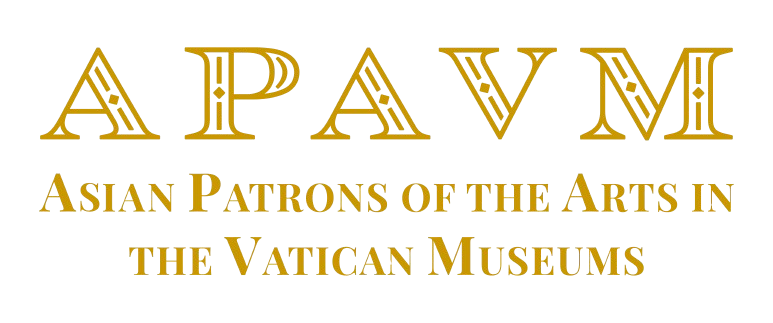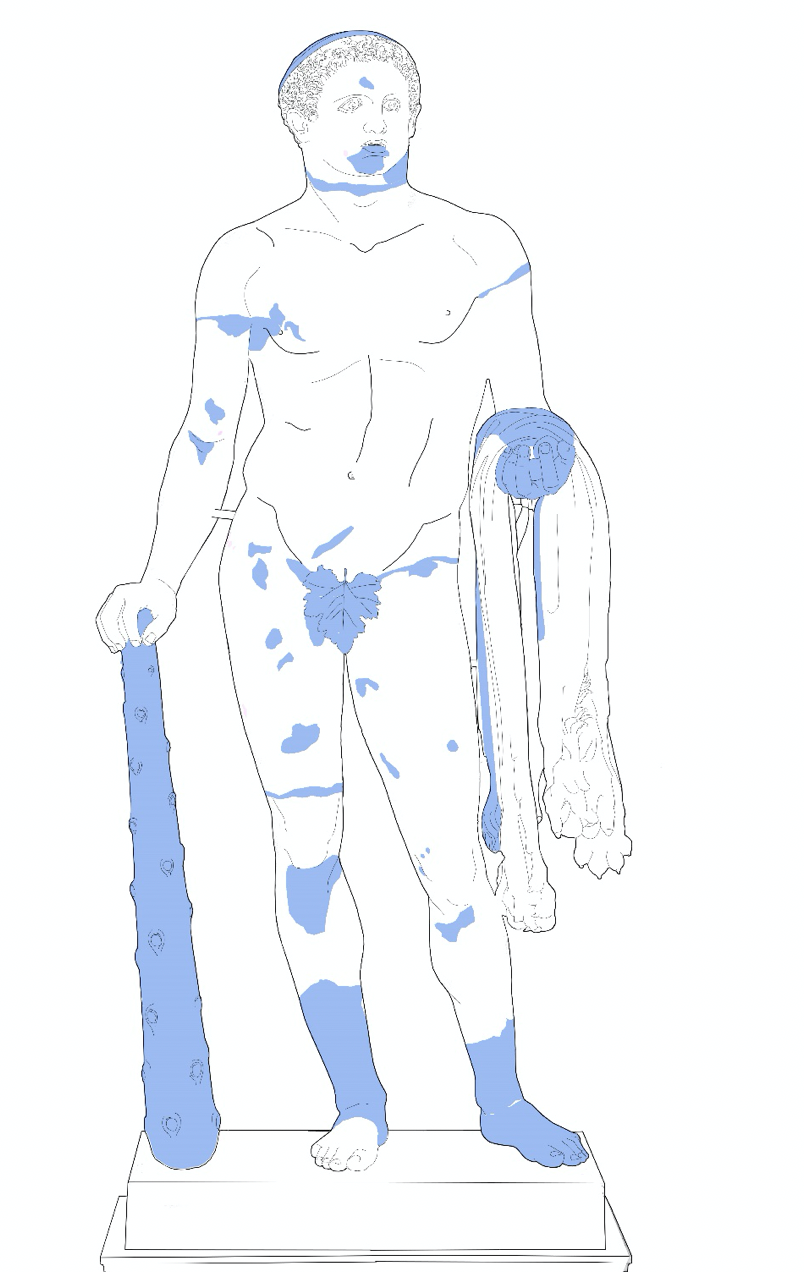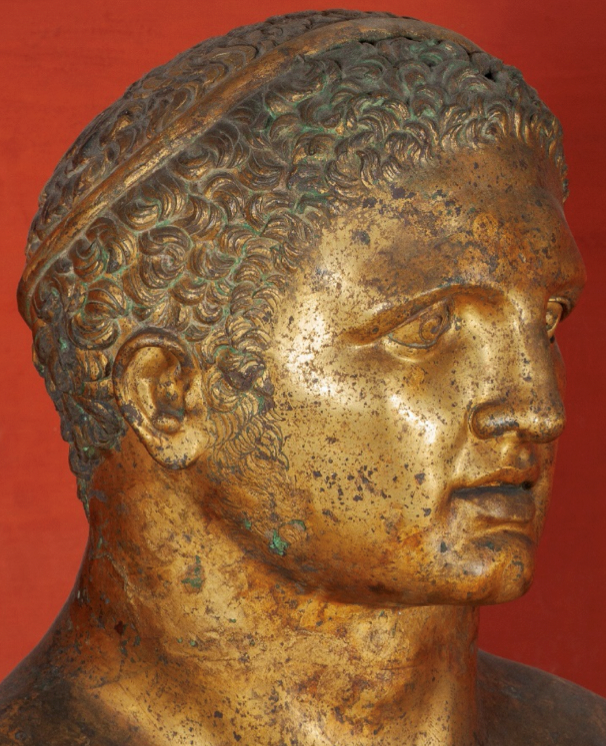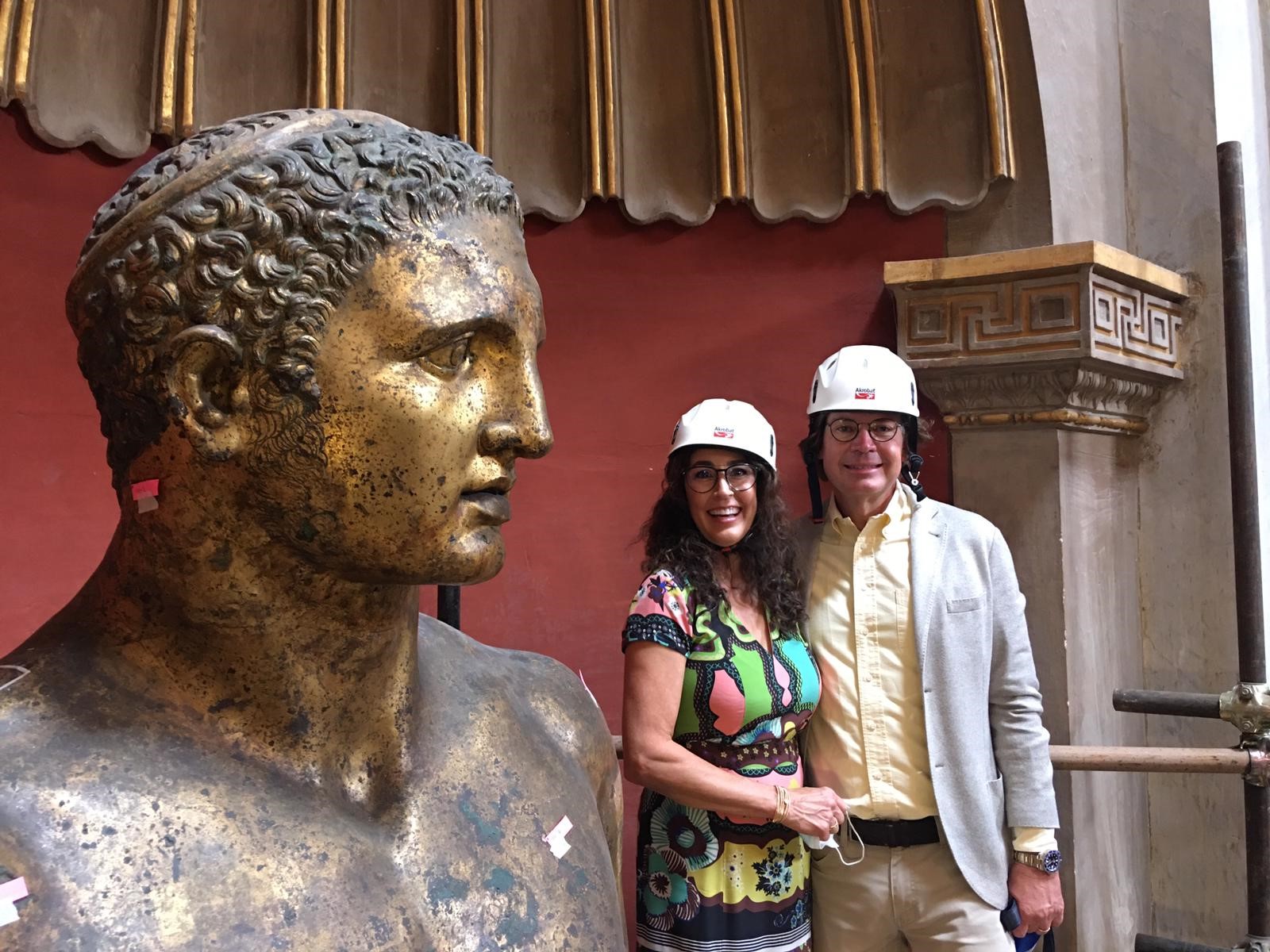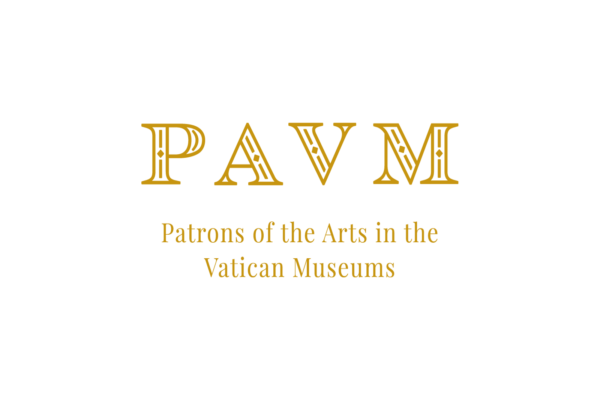Dear Patrons and Friends,
Each week we bring you inside the heart of our mission to share the importance of your support, today we have a special and memorable companion at our side: the colossal bronze Hercules Mastai.
We will discover the story of this gilded bronze statue following the restorers of the Metal and Ceramic Restoration Laboratory whose studies for the feasibility of the restoration of the statue were adopted by the Altig Family from the Northwest Chapter.
As Easter approaches we will not forget to leave you with the heartfelt reflections by Monsignor Terrence Hogan on God’s love.
Let’s begin!
HERCULES MASTAI
Restoration Update
Found in 1864 under the courtyard of Palazzo Pio Righetti in Campo de’ Fiori (Rome), in the area of the ancient theater of Pompey inaugurated in 55 BC, Pope Pius IX Mastai received this gilded bronze statue. At the time of the discovery, the statue was laid horizontally inside a pit, covered with travertine slabs on which the following letters were engraved: F C S, or F (ulgur) C (onditum) S (ummanium).
The Heracles had been struck by lightning and, according to its burial by the Romans, it was laid to rest with the remains of a lamb as a ritual. The statue, extensively restored by Pietro Tenerani who created additions made mainly in plaster, depicts a young Hercules leaning on the club, with the knobs of the Hesperides in his left hand. Once dated between 390 and 370 BC, the work, perhaps inspired by a model of Attic school, is now dated between the end of the 1st century AD and the beginning of the third century AD.
